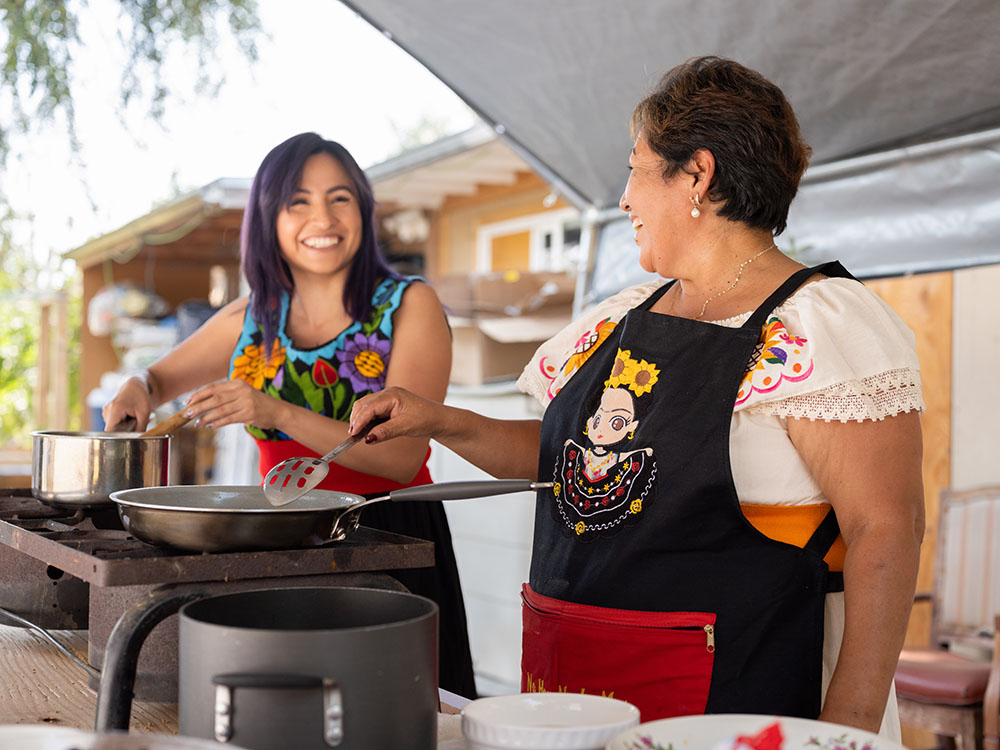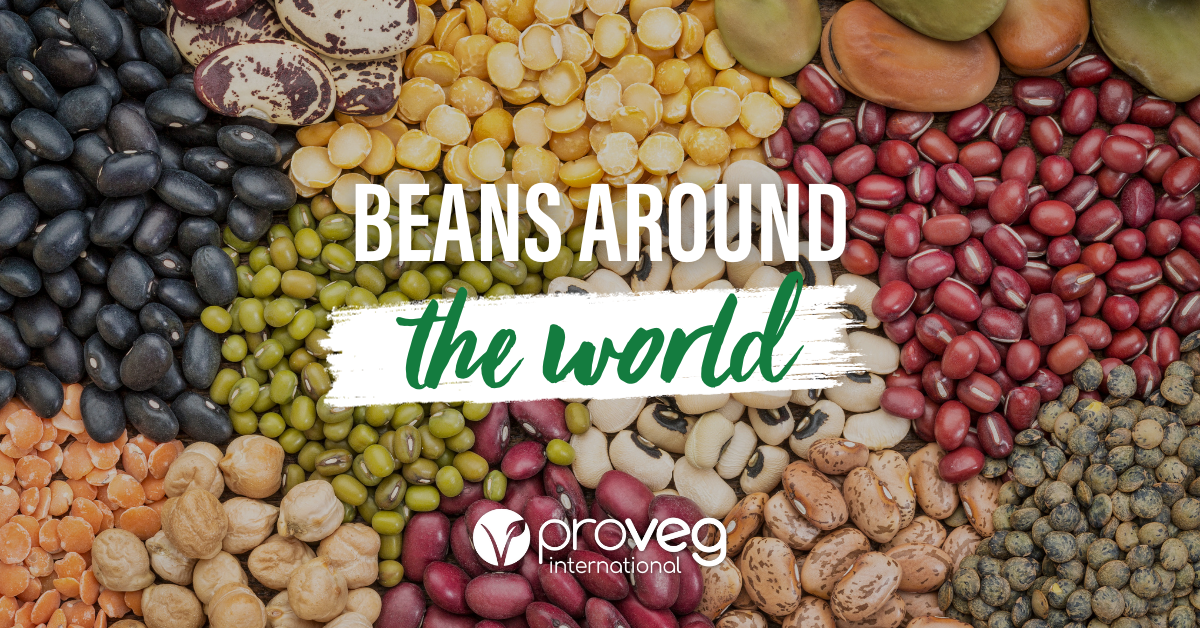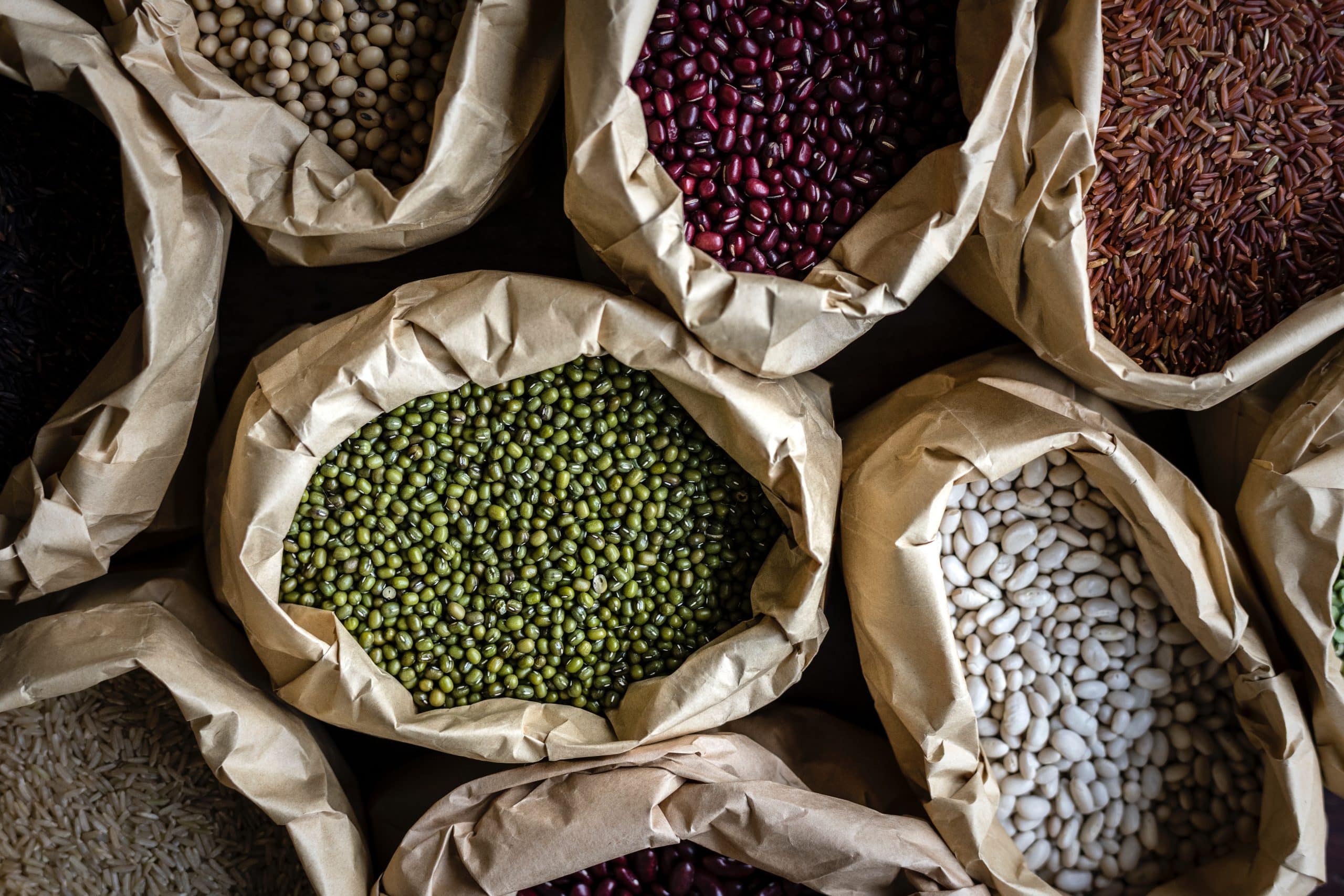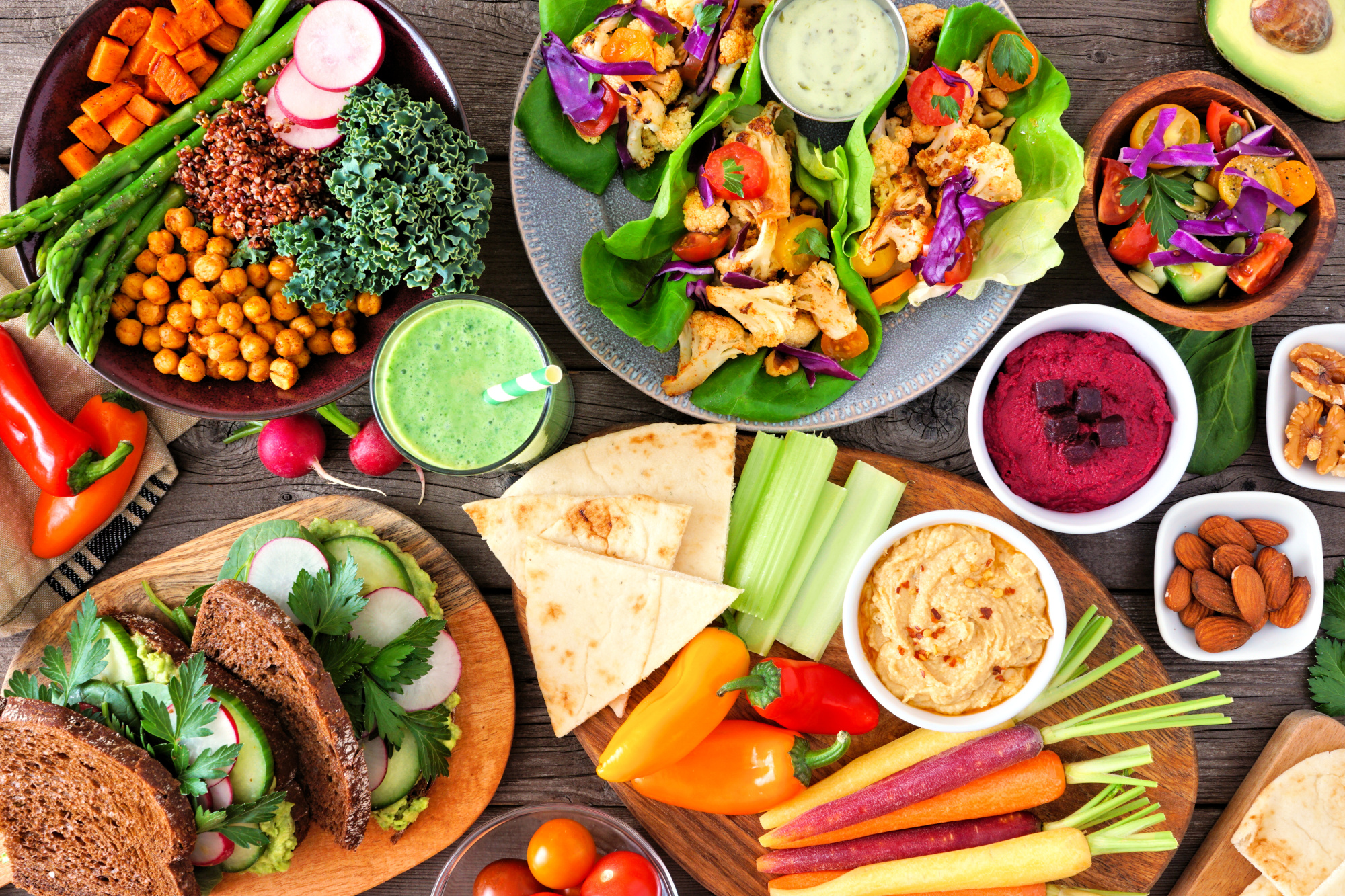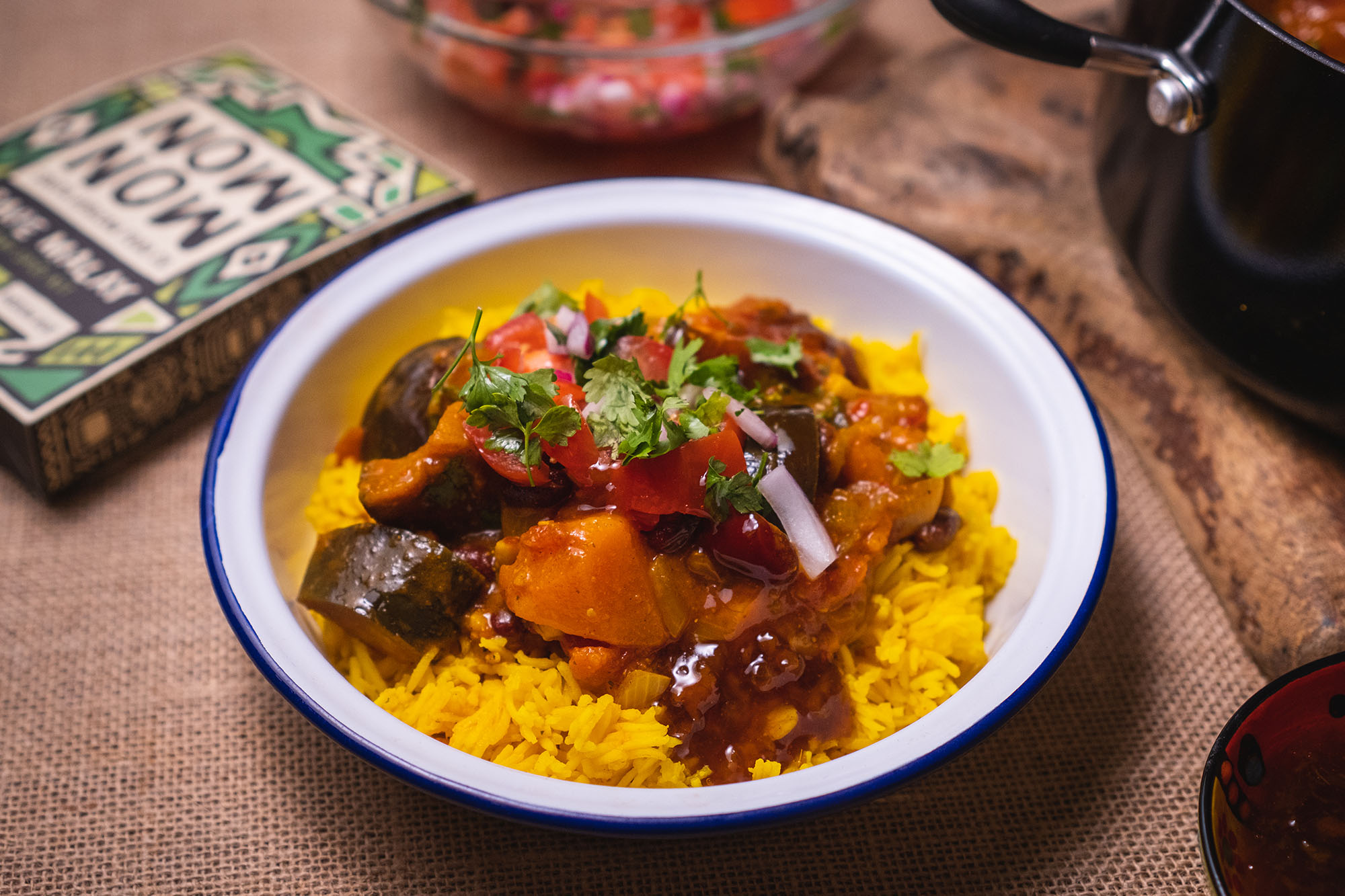There’s no question that canned beans are convenient. When you’ve just arrived home from a long trip and realise the pantry is empty – except for that jar of spicy pickles that’s been sitting there forever – it makes sense to hit the grocery store and grab a couple of tins for a quick chilli sin carne. But when you’re on a regular schedule and have time to plan your week’s meals accordingly, some food prepping can go a long way in making your life easier, your belly fuller, and your grocery bill cheaper.
A great way to do that is by cooking beans from scratch, using run-of-the-mill, simple, dried beans.
Benefits of cooking dried beans
To the uninitiated, dried beans don’t seem very practical. But, other than the fact that they still need to be cooked, dried beans beat canned beans in just about every department.
For starters, they’re far cheaper than their canned cousins. They’re also much less wasteful, weigh less in your grocery bag, and take up less space in your pantry. Despite being free of preservatives, they can last a long time and, unlike canned beans, they contain no salt or other additives, making them a much healthier option when cooking at home.
Beans around the world
We asked four colleagues at ProVeg to tell us about their favourite native bean dish from around the world with a plant-based twist: breakfast from the UK, lunch from Brazil, dinner from Hungary and a snack from Nigeria!
Plus, their flavour is much more flexible than canned beans, since you can add some aromatic companions while they cook and absorb flavours. Going for a traditional carrot, onion, and garlic combo? Be our guest. And if you want to get fancy, add some fennel, sage, and ginger – or whatever else your heart desires! The sky’s the limit.
What about the cooking time?
A common concern when cooking dried beans and other pulses is how long they take to cook. If you’re just putting unsoaked beans in a regular pot with boiling water, we’re sorry to say it will take a long while to cook them – dried cannellini beans, for example, can take more than three hours until they’re perfectly done!
Thankfully, we have some surefire tricks to greatly reduce your cooking time.
Soak the beans overnight
Soaking the dried beans overnight allows them to rehydrate, which means that they’ll cook faster and more evenly. To prepare them, just sift through the dried beans before soaking: if you find any damaged beans or rogue small stones, throw them away. Give them a rinse to remove any impurities, before putting them in a large bowl or the pot you plan to cook them in.
Add enough water so that the beans are fully submerged – and then some. You want the beans to remain covered with water as they soak and grow in size. Leave them out at room temperature for up to eight hours but don’t let them soak for too long or else the beans might ferment – if you need to soak them for more than eight hours, put them in the fridge.
If possible, use a pressure cooker
A pressure cooker is one of the most useful kitchen tools there is, especially if you don’t have a lot of free time. By increasing the pressure inside the pot, pressure cookers increase the cooking temperature – thus making the food cook much faster.
How to cook dried beans from scratch
Drain your soaked beans in a sieve, then place them in a pot with water and whichever aromatics you’d like. We recommend adding a dried bay leaf or two – bay leaves pair very nicely with beans.
The power of beans and legumes
Long cherished by cultures around the world for their versatility, affordability, and nutritional value, it’s not surprising that almost all national dietary guidelines recommend the regular consumption of legumes and pulses.
Bring the beans to a boil, then reduce to a gentle simmer. Cook until the beans are fully done – soft and easy to squish, but not mushy.
Now that you know how to make beans from scratch, try out some of our delicious bean recipes! If the recipe calls for canned beans, just remember that you can (almost) always replace canned beans with their home-cooked counterparts on a 1:3 ratio – which means that you need about half a cup of dried beans to replace one can in a recipe.
